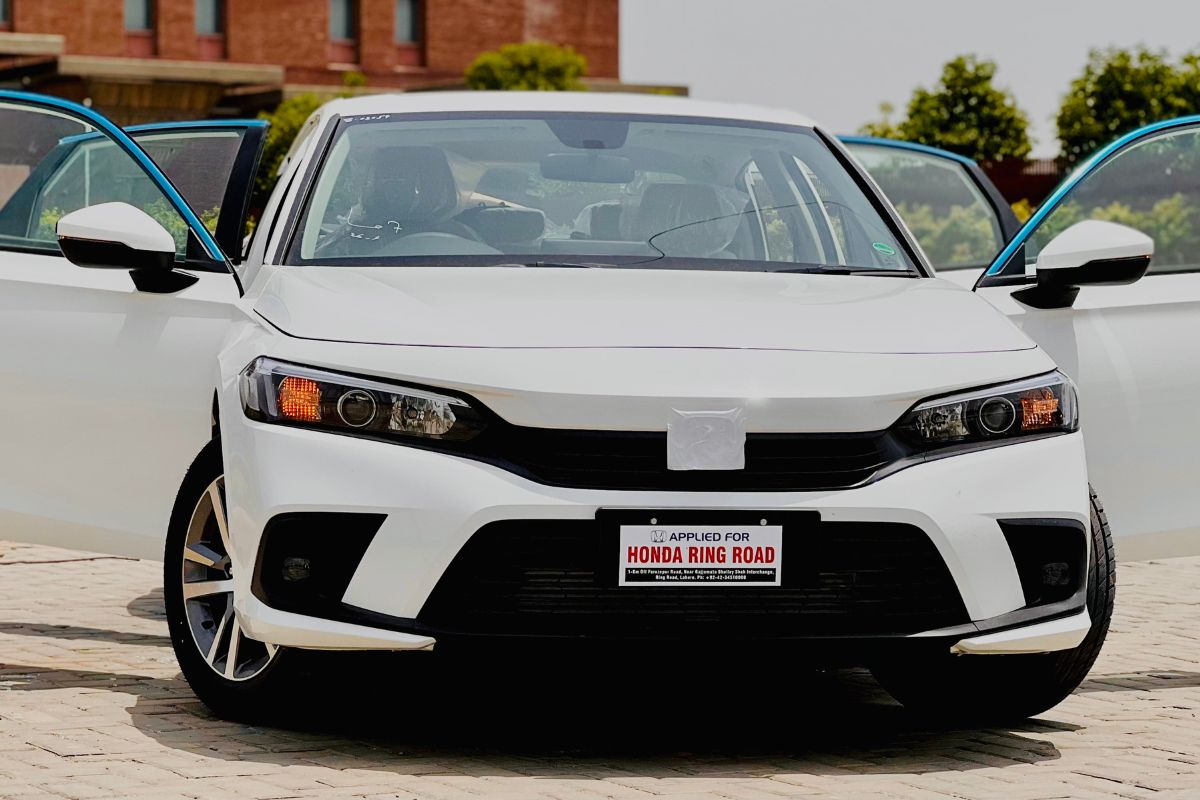Show table of content Hide table of content
Faced with stagnating global demand, Honda’s CEO is reshuffling the deck in terms of the Japanese manufacturer’s strategy. From now on, the emphasis will be on hybrids, relegating electric cars to a minority share of the car market by 2030.
Honda revises its ambitions, with hybrids the new spearhead
Honda, Japan’s second largest carmaker behind Toyota, has announced a major strategic shift. At a press conference, its CEO Toshihiro Mibe revealed that the brand was going to drastically reduce its investment in electric vehicles (EVs), because demand was deemed too weak to justify its initial ambitions. The goal of seeing EVs account for 30% of the group’s sales by 2030 has been abandoned; Honda now expects electric cars to have a market share of just 20% by that date.
This refocusing is accompanied by a 30% reduction in the budget for electrification and software, from 10,000 billion yen to 7,000 billion yen (around €60 million). A considerable sum, but one that will now be channelled mainly into the development of hybrid models, which are much more popular with consumers.
Honda plans to launch 13 new latest-generation hybrid models between 2027 and 2031, covering both city cars and larger vehicles. The target is clear: to sell between 2.2 and 2.3 million hybrid cars a year by 2030, almost triple the 868,000 units sold in 2024.
An electricity market under pressure
Honda’s decision is not an isolated one. It is part of a global context in which several manufacturers are scaling back their electric ambitions. Nissan, a direct competitor, recently cancelled plans to build a billion-dollar battery factory in Japan, while Jaguar Land Rover has put its electric vehicle projects in India on hold.
The reason for this caution is twofold: demand for EVs is growing less quickly than expected, and governments, particularly in the United States, are relaxing electrification requirements. The Trump administration, for example, has rescinded a Biden-era decree aimed at requiring 100% of new electric vehicles by 2030.
Why are we running out of steam? There are many reasons: the purchase price is still high, there is a lack of recharging infrastructure, range is considered insufficient and there is uncertainty about the lifespan of batteries. For many motorists, hybrids appear to be a reassuring compromise, offering both energy efficiency and flexibility of use, without the logistical constraints of all-electricity.
Honda focuses on the long term, but not just yet
While Honda is reviewing its short- and medium-term ambitions, it is not abandoning the ecological transition. The manufacturer is maintaining its target of selling only battery- or fuel-cell-powered vehicles by 2040. But until then, the strategy is clear: support the transition by meeting current market expectations, which are dominated by hybrids.
Honda’s U-turn sends an unequivocal message to the entire sector: the electric revolution will be neither as rapid nor as massive as announced. Carmakers will have to come to terms with a more nuanced reality, in which hybrids are emerging as the transitional solution favoured by the general public and supported by massive investment.
At a time when the debate on the future of mobility is intensifying, Honda’s caution could well herald a new era, in which technological innovation will have to go hand in hand with economic pragmatism and adaptation to real consumer uses.


